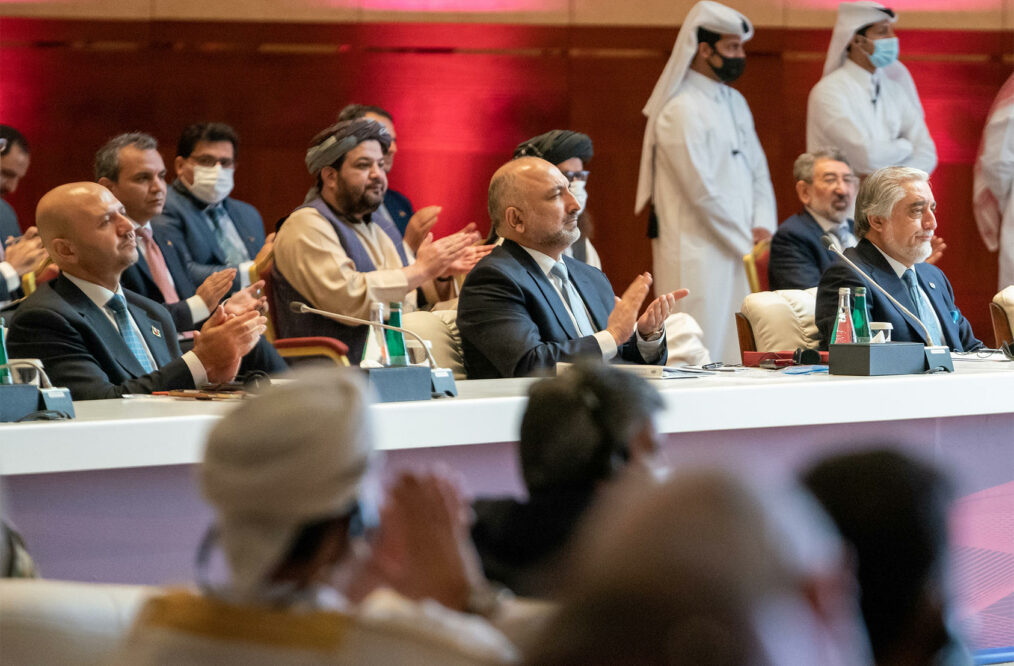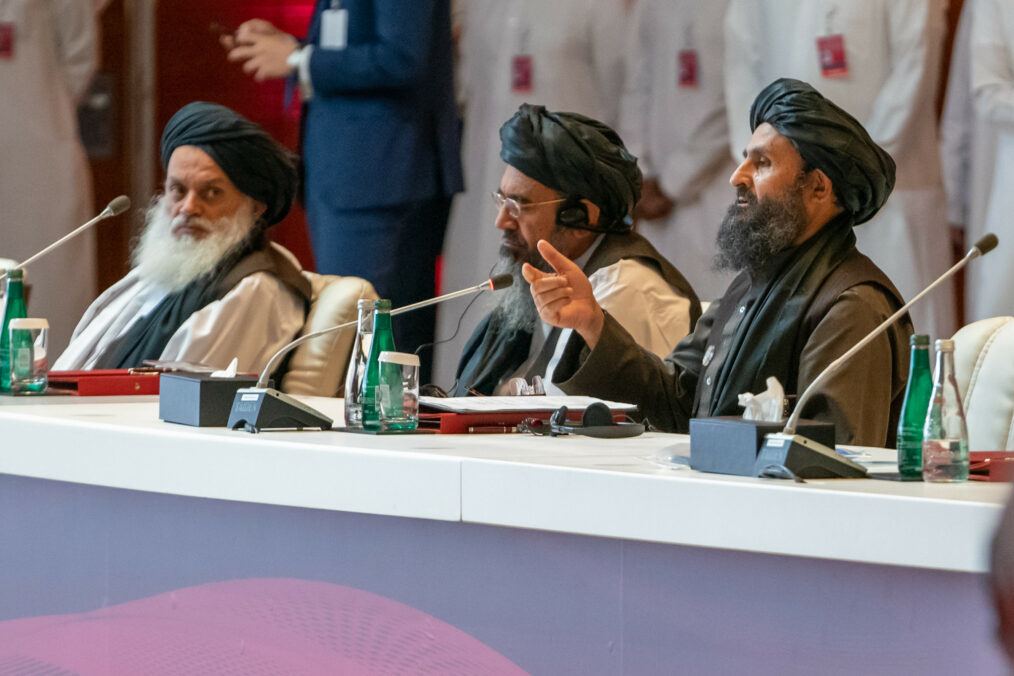Since peace talks in Doha commenced in September, violence has escalated in Afghanistan, however, recent developments could present a way to turn this around. It is appropriate to examine what has changed and how it could have positive effects.
Breakthrough
Shortly after the intra-Afghan talks commenced, they were stalled due to both technical and fundamental differences. Afghan representatives and the Taliban could not agree on how they should be referred in the agreement (as they do not recognize each other) and they did not hold similar views on the political future for Afghanistan.
Since then, the parties have now agreed on how to conduct the talks and the negotiators are now likely able to move forward on issues such as a political roadmap and a ceasefire. The three page agreement is an important step, and will be a stepping stone, for the future discussion of peace in Afghanistan and was immediately welcomed by the United States Secretary of State Mike Pompeo.
Escalating Violence
As noted, violence escalated in Afghanistan once the talks got underway in Qatar. According to a report from the Special Inspector General for Afghanistan Reconstruction (SIGAR), there has been an increase of violence since the peace deal between the Taliban and the U.S. was signed. The attacks have increased by more than 50% compared to the quarter before the talks began.
During this quarter, the report stated there have been 2,561 civilian casualties, including 876 deaths. This is an increase of 43% compared with April to June. On November 2, an attack on Kabul University killed at least 22 people of which many were students.
The violence is affecting the talks in Doha, as mentioned in the SIGAR report: “NATO Resolute Support (RS) and USFOR-A commander, General Austin Scott Miller said the high level of Taliban violence around the country ‘is not consistent with the U.S.-Taliban agreement and undermines the ongoing Afghan peace talks’”.
Comments
Violence negatively affects the legitimacy of the current peace process both from the perspective of the negotiating parties and the civilians. Trust between the relevant parties and civilians is an important factor for the peace talks to continue. Without trust, further delays may be expected. Consequently, in combination with an U.S withdrawal and more violence, the result may be an even more violent Afghanistan.
Another factor that can affect violence in the country is the withdrawal of American troops. If most of the American troops leave Afghanistan this might create a power vacuum which in turn can be used by violent groups to harm civilians and the peace process. As stated, the violence undermines the ongoing peace talks and raises the lack of trust within the country.
For the peace talks to move forward it is necessary that violence deceases. When one of the actors at the negotiating table keeps on fighting, it creates a more difficult situation for the negotiators. Therefore, recent progress can hopefully bring more substantive issues to the table, such as a ceasefire, which can rapidly decrease the violence in the country.





